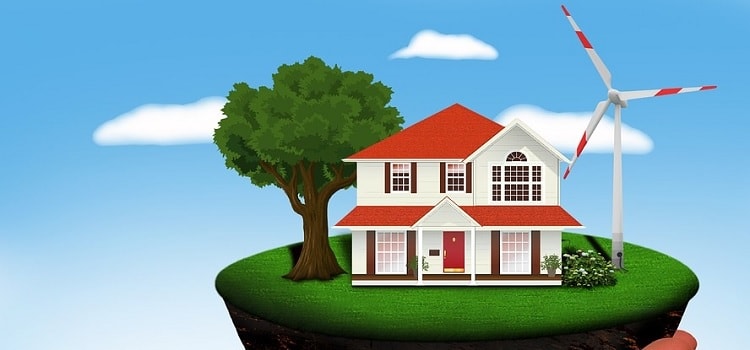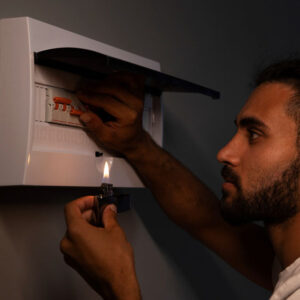With a little research and understanding, saving water can be easy. Here are a few tips and tricks to making your home more energy efficient.
Indoors
Using energy efficient appliances is a huge money saver. Start off by checking out what appliances you already have, and just how efficient they are at water conservation. Kitchens, bathrooms, and laundry rooms are the three rooms that are going to consume the most water.
Kitchen
The main culprits in this room include the refrigerator, dishwasher, and of course, the sink.
Refrigerator
When checking out your refrigerator, check to see if its ENERGY STAR. Refrigerators that are ENERGY STAR certified generally use less energy than a light bulb. Fun fact, you can recycle your old refrigerator!
Dishwasher
If you have a dishwasher, use it! Hand washing dishes is actually more wasteful than using a dishwasher. An ENERGY STAR dishwasher is going to use an average of 3 gallons, whereas handwashing can use up to 20-some gallons of water. That’s a big difference.
Sink
Lastly, assess how you are using your kitchen sink. Do have the water constantly flowing when washing produce? Do you rinse all dishes before loading them in the dishwasher? Actions like this can have a big effect on how much money, I mean water, that you save.
Bathroom
It’s no secret that bathrooms use a lot of water. From the sink, shower, and toilet, water runs aplenty. Apart from taking shorter showers and running less hot water, here are some things you can do to save your water and wallet.
Shower
Install a low flow shower head that doesn’t exceed 2.5 gpm. Shower heads installed prior to 1992 run at 5.5 gpm, so, chances are if your home is older, you might want to check out the age of your shower head. You can do that by following the steps here.
Toilet
Similar to the shower head, check to see if you have a low flow toilet and if you don’t check to see if you can install one. Low flow toilets use on average 1.6 gallons of water per flush. Whereas older models use anywhere from 5-7 gallons per flush. If you can’t, put a plastic bottle in your toilet. Seems weird, but this trick can save up to 10 gallons of water a day.
How to Install a Plastic Bottle in Your Toilet:
- Use a 1-2 liter plastic bottle
- Fill it with rocks to weigh it down
- Fill with water
- Add a touch of bleach to avoid the future stench
- Put the cap on tightly
- Place in the toilet tank
Ta-da! Water is saved as less water is used per flush.
Sink
Does your sink leak? Time to check it out. A leaky sink isn’t just an annoying sound, it can cause real damage in your bathroom and can also waste your money. Check for water damage, are there stains, sitting water, deteriorating caulk by sink? You got yourself a leak. You can learn how to fix a leaky sink here.
Laundry Room
Washer & Dryer
If you don’t have one already, upgrade to an ENERGY STAR washer and dryer. ENERGY STAR washers save about 33% water than a standard model, and ENERGY STAR dryers use about 20% less energy than a normal dryer.
However, buying a new washer and dryer isn’t always an option. Here are some other tricks to conserve:
- Always do a full load when possible
- Take advantage of the size cycles when you need to do a small load
- Use the cold setting, saving hot water for really dirty clothes
Outdoors
Car Washing
When using a hose, make sure you have a spray nozzle attached to it. It prevents water waste by stopping water flow when not in use. Bonus if you use a bucket of water vs. a free-flowing hose.
Hoses/Pipes
Leaks outside can be just as costly as those inside. Check the hose and make sure any outside pipes aren’t dripping.
Cleaning Driveway & Sidewalks
This one’s easy. Sweep your driveway and sidewalk when cleaning instead of using the hose, it’s as simple as that.
Conclusion
Saving water not only means saving money. It also means helping the environment. There’s not much freshwater on earth, only 3% in fact. With a growing world population and a changing environment, conserving water means saving your wallet and helping future generations as well.
Ariana Watson is a content and blog writer and works for several companies in the service industry, including Knight Plumbing. https://knightplumbing.net





